Presentation
Acute onset right facial droop and slurred speech - progressing to non-verbal.
Patient Data
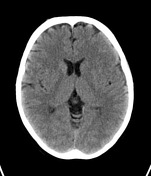

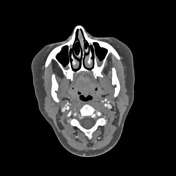

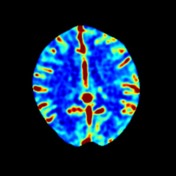

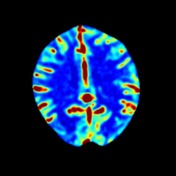

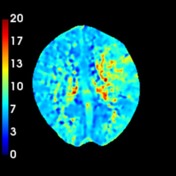

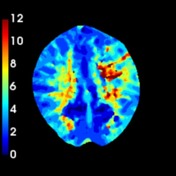

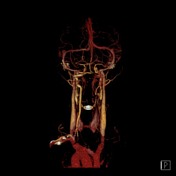

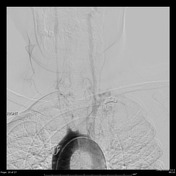
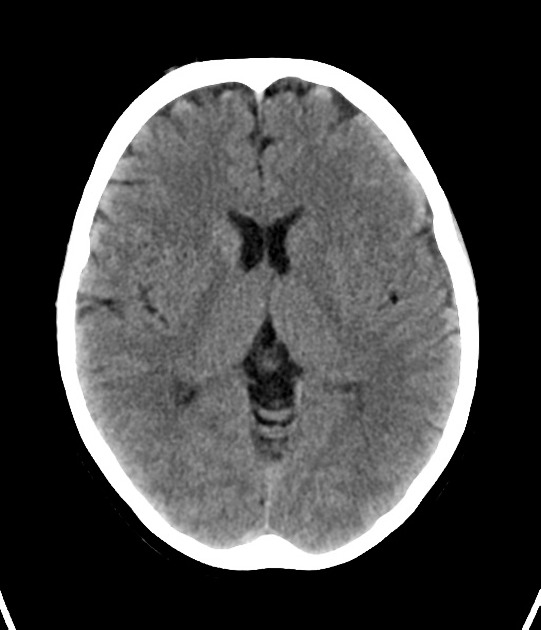
Perfusion:
Large area of increased Tmax and mean transit time (MTT) is noted in the left MCA territory, without a significant ischemic core.
CTA COW:
Conventional aortic arch branching morphology.
Thickening of the wall of the aortic arch, brachiocephalic trunk, bilateral common carotid and subclavian arteries.
There is high grade stenosis of bilateral common carotid arteries, with thread-like opacification of lumen.
The very distal portions of the common carotid arteries are reconstituted, with normal caliber and opacification of the internal carotid arteries bilaterally.
The right vertebral artery origin and proximal portions are not visualized.
There is abrupt reconstitution of the right vertebral artery at the level C3 transverse foramen.
The rest of the extra and intracranial right vertebral artery is slightly irregular.
Left dominant vertebral artery.
There is attenuated opacification of the distal left M1 and proximal segments of the superior and inferior M2 divisions consistent with embolic occlusion, however, distally, the M2 segments opacify normally.
Aortic arch injection shows occlusion of Left CCA, string like stenosis of the innominate, right subclavian and common carotid arteries, and a dominant left vertebral artery just distal to critical stenosis of the left subclavian artery.
Case Discussion
The pattern of stenosis is typical of Takayasu disease, Type 1, and in the secondary or chronic phase. Also known as "pulseless disease", with a characteristic distribution and appearance of the stenoses. CTA shows the aterial wall thickening to best effect. In this case there was no involvement of the abdominal aorta or branches.
Subsequent presentation with MCA embolus treated with Endovascular Clot Retrieval, surgical revascularization, angioplasty, stent, revision angioplasty and complex reconstructive surgery. Rapid progression despite escalating medical therapies. Recurrent symptoms.




 Unable to process the form. Check for errors and try again.
Unable to process the form. Check for errors and try again.